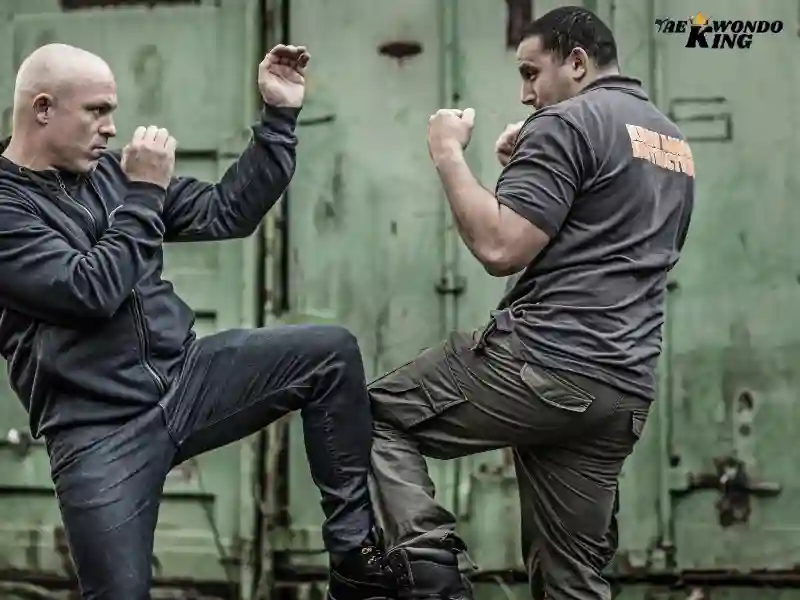
Krav Maga, an Israeli martial art renowned for its practicality and effectiveness, offers individuals of all backgrounds a unique path to self-defense mastery. This comprehensive guide will delve into the essence of Krav Maga, its history, core principles, fundamental techniques, training methods, and how to embark on your journey as a beginner. Today we are talking about A Beginner’s Guide to Krav Maga.
Today, Beginner’s Guide to Krav Maga stands as a testament to the efficacy of blending tradition with innovation. Its history exemplifies the art’s focus on real-world scenarios, rapid techniques, and intuitive responses. From the streets of pre-war Europe to modern training halls across the globe, Krav Maga’s history resonates with its commitment to empowering individuals with practical self-defense skills that transcend time and circumstance.

If you are looking for an effective self-defense program that doesn’t require much time or equipment, Beginner’s Guide to Krav Maga is for you. Krav Maga is a traditional self-defense system developed in Israel. You don’t need to have any special training to learn Krav Maga. Krav Maga is the most effective, practical, and efficient combat fighting system in the world today. It has been proven time and again that Krav Maga is superior to every other martial art. For the first time, I’m going to write a guide on how to learn Krav Maga. This might be a little confusing at the beginning, so here is a summary of what Krav Maga is.
Understanding Krav Maga History
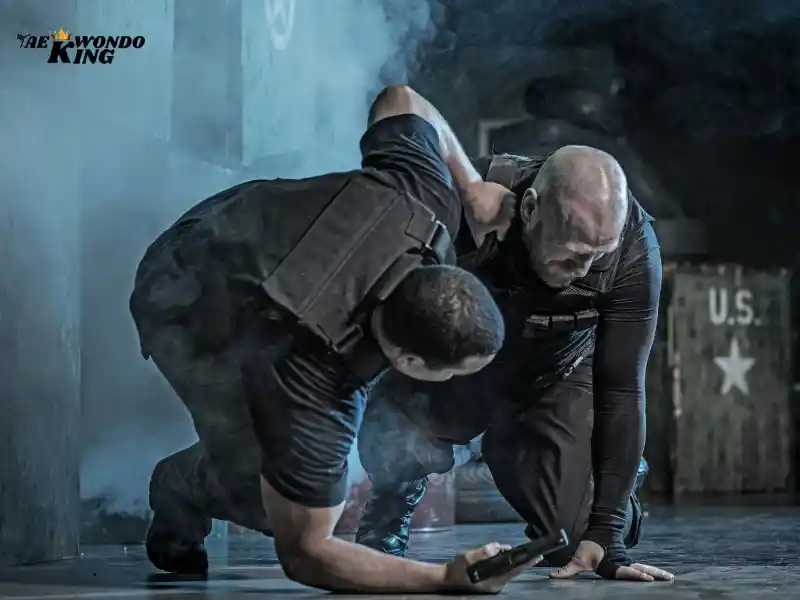
Beginner’s Guide to Krav Maga, Krav Maga Worldwide self-defense system with a lineage rooted in necessity and innovation, boasts a compelling history that echoes its effectiveness in modern times. Originating in the 1930s, Krav Maga’s journey began with Imi Lichtenfeld, a skilled fighter in pre-World War II Europe. Faced with the rise of anti-Semitic violence, Lichtenfeld refined a combat system that prioritized practicality and adaptability.
As the founder of Krav Maga, Lichtenfeld drew inspiration from his own experiences, incorporating street smarts, boxing, wrestling, and judo into a cohesive method. With Israel’s establishment in 1948, Krav Maga became the official self-defense system of the Israel Defense Forces (IDF), further honing its effectiveness through military training.
In the decades that followed, Krav Maga transcended its military roots to become a global phenomenon. The International Krav Maga Federation (IKMF) and other organizations spread its teachings worldwide. Its integration into law enforcement and civilian self-defense curricula underscored its practicality and adaptability in diverse settings. But Krav Maga is fun, rewarding very challenging.
Core Principles and Philosophy Beginner’s Guide to Krav Maga
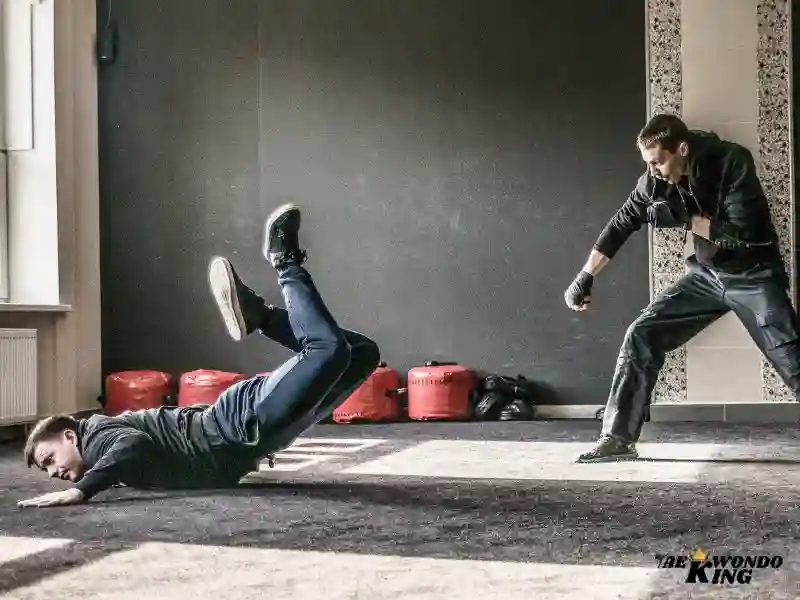
There are many advantages to Krav Maga, one of which is its simplicity. Another advantage is that you don’t need much space to practice it. You can do it anywhere because you are not allowed to carry anything. All you need to do is bring yourself. The main philosophy of the system is that you should strike first and ask questions later. You should use a strategy called “hit first, ask questions later”. The basic principle of Krav Maga is to strike as fast as you can and use your surroundings to your advantage.
The main purpose of the techniques is to inflict damage on your opponents to give you the upper hand. The most important thing in Krav Maga is to be strong. Krav Maga is not about fancy skills, it is a technique for anyone who wants to be physically strong. It can help you develop your confidence and make you feel more self-assured.
Krav Maga is a set of guiding principles that shape its philosophy and approach:

- Simplicity: Krav Maga techniques are straightforward to learn, focusing on using natural body movements and reflexes.
- Effectiveness: Techniques are designed to quickly neutralize threats and opponents, with an emphasis on practicality rather than aesthetics.
- Aggressiveness: Krav Maga encourages a proactive and aggressive response to threats, ensuring that practitioners take control of dangerous situations.
- Adaptability: Techniques can be adapted to different scenarios, allowing practitioners to respond to a wide range of attacks and situations.
- Stress Training: Training scenarios simulate real-life situations, helping practitioners develop the ability to perform under stress and adrenaline.
Beginner’s Guide to Krav Maga: Basic Techniques and Fundamentals
There are several techniques and fundamentals in the Beginner’s Guide to Krav Maga. To learn these techniques and fundamentals, it is very important to practice them so you get a better grasp of how they work. You should also pay attention to how to use them. As you learn them, try to incorporate them into your everyday life.
The first way to attack an opponent is to grab him/her. To defend yourself, you should step back. A defender should always be ready to fight an attacker. When an attacker grabs you, you should throw a punch or kick with your right hand. The best way to defend against an attacker is to hit him/her with your fist or elbow.
There are four ways to attack an opponent and four ways to defend yourself. Krav Maga encompasses a variety of techniques that address various types of attacks. Some fundamental techniques include:
- Strikes: Effective punches, kicks, and knee strikes targeting vulnerable areas of the body.
- Defenses: Techniques to block, redirect, or evade incoming attacks.
- Escapes from Holds: Methods to escape from grabs, chokes, and holds.
- Ground Techniques: Defenses and counterattacks when on the ground, focusing on getting back to your feet quickly.
Training Methods and Approaches Beginner’s Guide to Krav Maga
Krav Maga, renowned for its practicality and efficiency in real-life combat situations, employs a range of dynamic training methods and approaches to equip practitioners with effective self-defense skills. These methods emphasize realistic scenarios, stress training, and functional techniques, creating a comprehensive training regimen.
- Scenario-Based Training: Krav Maga’s foundation rests on preparing practitioners for real-world encounters. Scenario-based training replicates common street attacks, enabling practitioners to respond effectively under stress. This approach ensures that the techniques learned are practical and adaptable.
- Sparring: Controlled and dynamic sparring sessions mimic real-life confrontations. Practitioners practice their techniques under pressure, refining their skills and enhancing their reaction time.
- Aggression Training: Krav Maga encourages controlled aggression during training. This approach conditions practitioners to respond with assertiveness and intensity when confronted with threats.
- Defense Against Weapons: Krav Maga equips practitioners with techniques to defend against armed attackers. Training includes strategies to disarm opponents armed with knives, sticks, and firearms.
- Fitness and Conditioning: Krav Maga workouts are intense and multifaceted, improving cardiovascular endurance, strength, and overall fitness. Physical conditioning is essential for executing techniques with precision and power.
Krav Maga’s training methods prioritize practicality, adaptability, and efficient techniques. By simulating real-world scenarios and embracing controlled aggression, practitioners build a skill set that can be readily applied in situations that demand quick and effective action. Whether for self-defense, personal growth, or physical fitness, Krav Maga’s training methods empower individuals to navigate the challenges of the modern world with confidence and preparedness.
Beginner’s Guide to Krav Maga Benefits
Krav Maga, the renowned Israeli self-defense system, goes beyond physical combat to offer practitioners an array of benefits that enrich both mind and body. Rooted in practicality and real-world scenarios, Krav Maga training brings numerous advantages that extend far beyond the training mat.
- Self-Defense Proficiency: Krav Maga equips practitioners with practical self-defense skills that are effective in real-life situations. This sense of preparedness fosters confidence and peace of mind.
- Increased Fitness: The rigorous training regimen in Krav Maga incorporates cardio, strength training, and flexibility exercises, leading to improved overall fitness and vitality.
- Stress Relief: Engaging in Krav Maga workouts releases endorphins, reducing stress and promoting a sense of well-being. The intensity of training acts as a cathartic outlet for daily pressures.
- Enhanced Self-Confidence: As practitioners develop practical self-defense skills, their self-confidence naturally grows. Overcoming challenges in training translates to a sense of empowerment in daily life.
- Improved Focus and Awareness: Krav Maga’s emphasis on situational awareness sharpens the mind and enhances the ability to assess and react to potential threats.
- Functional Strength: Krav Maga techniques require the use of the entire body, building functional strength that can be applied to everyday tasks.
- Practical Mindset: Krav Maga instills a practical mindset that encourages thinking on one’s feet and making split-second decisions in high-pressure situations.
- Adaptability: Krav Maga’s techniques are designed to be adaptable to different scenarios, ensuring practitioners are prepared for a variety of situations.
Krav Maga’s benefits are far-reaching, catering to individuals seeking self-defense skills, improved fitness, mental clarity, and personal growth. By embracing the art’s principles and techniques, practitioners not only enhance their physical abilities but also develop a resilient mindset that extends into all facets of life.
Risk of Practicing Krav Maga
Krav Maga is a fantastic self-defense system, but like any physical activity, it carries some risks. Here’s a breakdown of what to be aware of:
- Injuries: Sprains, muscle strains, cuts, and bruises are common, especially for beginners. More serious injuries like ligament tears, broken bones, or even concussions can occur, although less frequently.
- Overtraining: Pushing yourself too hard can lead to overuse injuries or burnout. Krav Maga workouts can be demanding, so listen to your body and take rest days.
- Unqualified Instructors: Choosing a reputable gym with certified instructors who emphasize safety and proper technique is crucial. Improper training significantly increases your risk of injuries.
- Focus on Realistic Training: While Krav Maga simulates self-defense scenarios, some training can be intense. It’s important to find a gym that balances realistic training with safety precautions.
Mitigating Risks:
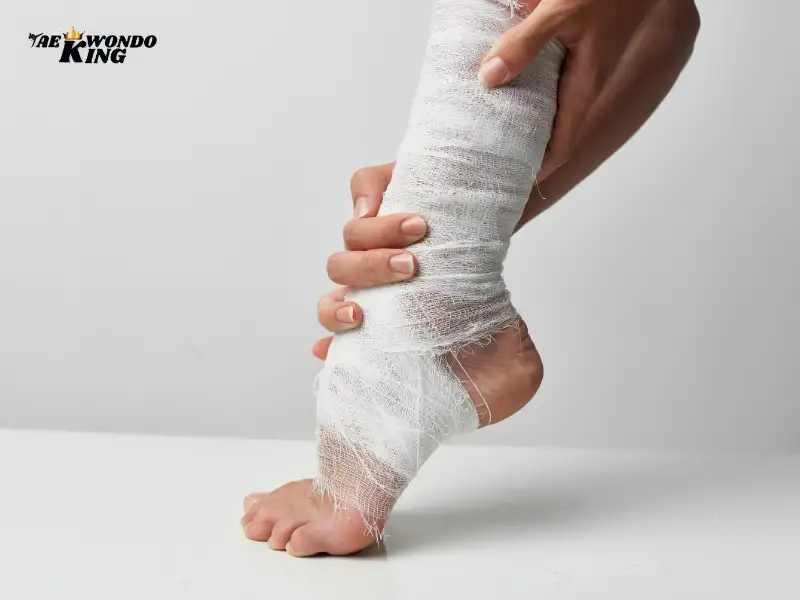
- Find a Reputable Gym: Qualified instructors prioritize safety and proper technique.
- Listen to Your Body: Don’t push beyond your limits. Take rest days and communicate injuries to your instructor.
- Tap Early, Tap Often: Communicate your limits during partner drills. Tapping signals your partner to stop and prevents injuries.
- Warm-Up and Cool Down: Proper routines prepare your body and reduce injury risk.
- Focus on Technique Over Power: Mastering proper technique minimizes injury risk compared to relying on raw power.
- Gradual Progression: Don’t jump into advanced techniques too quickly. Build your skills and fitness level progressively.
A Complete Beginner’s Guide to Krav Maga

Getting Started:
- Find a Krav Maga Gym: Look for reputable gyms with certified instructors. Ask about beginner classes and introductory programs.
- What to Wear: Comfortable workout clothes and athletic shoes are sufficient initially. Gyms might recommend specific training gear later.
- Embrace the Mindset: Krav Maga emphasizes awareness, decisiveness, and utilizing your environment for defense.
Basic Krav Maga Techniques:
- Strikes: Learn basic punches, kicks, knee strikes, and elbow strikes for effective defense.
- Defenses: Practice blocks, escapes, and takedowns to counter various attacks.
- Weapon Defense: Krav Maga teaches basic defenses against common weapons like knives and sticks. (Focus may vary depending on the gym)
- Situational Awareness: Develop your ability to identify potential threats and react effectively.
Important Considerations:
- Focus on Technique Over Power: Proper technique is crucial for effectiveness and injury prevention.
- Gradual Progression: Don’t try to learn everything at once. Build your skills step-by-step.
- Listen to Your Body: Krav Maga can be physically demanding. Take breaks when needed and communicate any injuries to your instructor.
Beyond the Basics:
As you progress, Krav Maga training can delve deeper into:
- Advanced Techniques: More complex strikes, grappling, and weapon defenses.
- Sparring: Controlled sparring scenarios to test and refine your skills in a safe environment. (May not be offered for beginners)
- Stress Inoculation: Training under pressure to simulate real-world situations.
Krav Maga is a rewarding journey. With dedication and consistent practice, you’ll develop valuable self-defense skills, improve your fitness, and gain a newfound sense of confidence. So, take the first step and find a Krav Maga gym near you to begin your self-defense empowerment!
How do I prepare for Krav Maga?
Here’s how to prepare for your Krav Maga journey:
Before Your First Class:
- Find a Reputable Gym: Look for gyms with certified instructors and beginner classes. Read reviews and inquire about their approach to training.
- Get Your Body Ready: Light exercises like jogging or bodyweight exercises can improve your baseline fitness. However, you don’t need to be in peak condition to start.
- Wear Appropriate Clothing: Comfortable workout clothes and athletic shoes are perfect. Gyms might have specific recommendations later.
Mindset and Expectations:
- Open-Mindedness: Be prepared to learn new techniques and embrace a different approach to self-defense.
- Focus on Technique: Understand that proper form is crucial for effectiveness and injury prevention. Power comes with practice.
- Gradual Progression: Krav Maga has layers of complexity. Don’t get discouraged if you don’t master everything at once.
On the Day of Your First Class:
- Hydration: Drink plenty of water before, during, and after class.
- Communication: Inform your instructor about any injuries or limitations you have.
- Listen and Learn: Pay close attention to instructions and ask questions if anything is unclear.
- Don’t Be Intimidated: Everyone starts somewhere! Focus on learning and embrace the challenge.
Additional Tips:
- Consider Light Stretching: Gentle stretches before class can improve your flexibility and reduce potential soreness.
- Bring a Positive Attitude: Be ready to work hard, have fun, and learn valuable self-defense skills.
By following these tips, you’ll be well-prepared to step onto the Krav Maga mat with confidence and begin your self-defense empowerment journey!
How long does it take to learn Krav Maga?

Krav Maga isn’t about achieving mastery in a set timeframe but about progressive skill development. Here’s a breakdown of what to expect:
Learning the Basics:
- 1-3 Months: In beginner classes, you’ll focus on fundamental techniques like strikes, defenses, and situational awareness. You’ll develop a basic understanding of Krav Maga’s core principles.
- Feeling More Confident: Within a few months, you’ll likely feel more confident in your ability to defend yourself due to the practical nature of Krav Maga’s techniques.
Developing Skills:
- 3-6 Months: As you progress, you’ll refine your technique, learn more complex defenses and counters, and potentially explore basic weapon defenses (depending on the gym).
- Increased Fitness: You’ll also experience an improvement in your overall fitness level due to the demanding nature of Krav Maga training.
Advanced Training:
- 6 Months and Beyond: Beyond the basics, Krav Maga offers advanced techniques, sparring scenarios (may not be for beginners), and stress inoculation drills. Here, the focus shifts towards applying skills under pressure and refining your self-defense instincts.
Remember:
- Individual Pace: Everyone learns at their own pace. Focus on steady progress and celebrate your achievements.
- Consistency is Key: Regular training is crucial for building muscle memory and retaining skills. Aim for 2-3 classes per week if possible.
- Lifelong Learning: Krav Maga is a journey of continuous learning. There’s always room for improvement and new skills to master.
Overall:
While you can gain basic self-defense skills within a few months, Krav Maga is a continuous learning process. With dedication and consistent practice, you’ll keep developing your skills and confidence over time.
What is Krav Maga’s weakness?
Krav Maga, while an effective self-defense system, does have some weaknesses to consider:
- Limited Groundwork: Krav Maga primarily focuses on self-defense while standing. It doesn’t offer extensive training in grappling or ground fighting, which can be a disadvantage if an attacker takes you to the ground.
- Emphasis on Simplicity: Krav Maga’s focus on simple, instinctive techniques can be limiting in extended fights or against highly skilled attackers trained in more comprehensive martial arts.
- Sparring Availability: Not all Krav Maga gyms incorporate regular sparring into their curriculum. Sparring is crucial for testing your skills under pressure and developing fighting instincts, which might be limited without it.
- Specificity for Surprise Attacks: Krav Maga excels in defending against sudden attacks. However, it might not be as effective against calculated attacks from a trained opponent who anticipates your defenses.
- Fitness Demands: Krav Maga workouts can be physically demanding. If you’re not in good shape initially, it might take time to adjust to the intensity of training.
Mitigating Weaknesses:
- Cross-Training: Consider supplementing your Krav Maga training with Brazilian Jiu-Jitsu or wrestling to improve your ground fighting skills.
- Advanced Krav Maga: As you progress in Krav Maga, some gyms might offer advanced classes that delve deeper into tactics and strategies for various situations.
- Focus on Situational Awareness: Krav Maga emphasizes using your environment and avoiding dangerous situations whenever possible.
- Conditioning: Maintaining good physical fitness will help you endure Krav Maga training and perform better in self-defense scenarios.
Overall:
Krav Maga is a powerful self-defense system with a lot to offer. By understanding its limitations and considering these tips, you can get the most out of your training and address potential weaknesses.
How to achieve a black belt in Krav Maga?
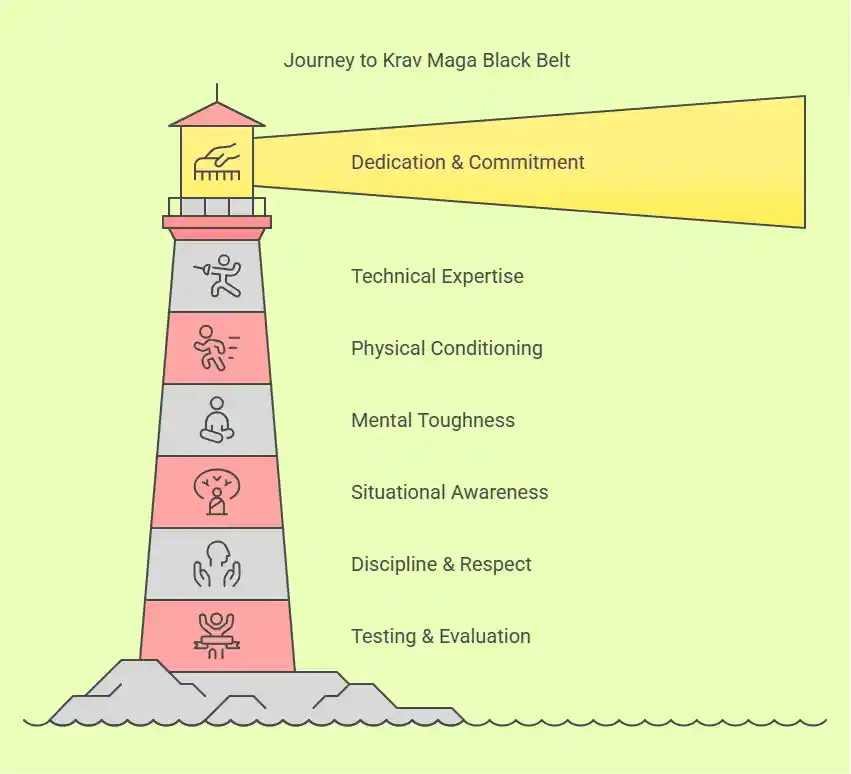
Earning a black belt in Krav Maga signifies a high level of self-defense proficiency. Here’s a roadmap to guide you on this rewarding journey:
Dedication and Commitment:
- Long-Term Commitment: Be prepared for a long-term commitment. Earning a Krav Maga black belt can take several years, depending on the training frequency and gym curriculum.
- Consistent Training: Aim for regular training sessions (2-3 classes per week) to develop muscle memory, refine techniques, and build endurance.
Technical Expertise:
- Master the Fundamentals: A solid foundation in core Krav Maga techniques like strikes, defenses, evasions, and weapon defenses (if offered) is crucial.
- Progressive Learning: As you progress, delve deeper into advanced techniques, counters, and situational awareness strategies.
- Attention to Detail: Focus on proper form and technique to maximize effectiveness and minimize injury risk.
Physical Conditioning:
- Strength and Stamina: Krav Maga workouts can be demanding. Develop good strength, endurance, and flexibility to perform techniques effectively.
- Cardiovascular Fitness: Strong cardio allows you to maintain performance throughout training and potential self-defense scenarios.
Beyond Technical Skills:
- Mental Toughness: Krav Maga emphasizes mental preparedness for stressful situations. Develop focus, discipline, and the ability to act decisively under pressure.
- Situational Awareness: Pay attention to your surroundings and learn to identify potential threats to anticipate and avoid danger whenever possible.
- Discipline and Respect: Krav Maga fosters discipline, respect for yourself and others, and a sense of responsibility for using your skills ethically.
Testing and Evaluation:
- Krav Maga Belt Tests: Your gym will conduct belt tests periodically to assess your progress in techniques, physical fitness, and mental fortitude. Black belt tests are often rigorous and comprehensive.
- Instructor Evaluation: Your instructors will continuously evaluate your skills and guide your Krav Maga journey.
How to achieve self-defense skills through Krav Maga?

Here’s how Krav Maga can equip you with valuable self-defense skills:
- Practical Techniques: Krav Maga focuses on instinctive movements and natural reflexes to neutralize threats quickly. You’ll learn strikes, defenses, and evasions applicable to real-world scenarios.
- Emphasis on Effectiveness: Techniques prioritize efficiency over complexity. You’ll learn to defend yourself against common attacks using simple yet effective methods.
- Situational Awareness: Krav Maga training emphasizes developing a keen awareness of your surroundings and identifying potential threats. This allows you to avoid dangerous situations whenever possible.
- Progressive Learning: You’ll start with fundamental techniques like strikes, blocks, and escapes. As you progress, you’ll learn more advanced defenses, counters, and weapon defense (depending on the gym).
- Pressure Testing (Optional): Some Krav Maga gyms incorporate controlled sparring scenarios. This allows you to test your skills under pressure and develop real-time reflexes for self-defense.
Building Self-Defense Skills:
- Regular Training: Consistent training is key to building muscle memory, refining techniques, and developing the physical conditioning needed for self-defense.
- Focus on Technique: Mastering proper form is crucial. It maximizes effectiveness and minimizes injury risk during training and real-world situations.
- Develop Confidence: As you gain proficiency in Krav Maga techniques, your self-confidence will grow. This can be a significant deterrent against potential attackers.
Beyond Techniques:
- Mental Toughness: Krav Maga training emphasizes mental preparedness for stressful situations. You’ll develop focus, discipline, and the ability to act decisively under pressure.
- Decision-Making: You’ll learn to assess threats, react quickly, and make sound decisions in potentially dangerous situations.
Remember:
- Self-defense is a journey, not a destination. Consistent practice and refining your skills are key.
- Find a Reputable Gym: Qualified instructors ensure safety and proper technique, maximizing your learning and minimizing injury risks.
- Krav Maga is a tool: These skills are for self-defense in unavoidable situations. De-escalation and situational awareness are crucial for your safety.
How to achieve physical fitness through Krav Maga?

Krav Maga is a fantastic way to achieve well-rounded physical fitness. Here’s how:
Demanding Workouts:
- Cardio: Krav Maga classes involve intense bursts of activity, simulating real-world self-defense scenarios. This improves your cardiovascular endurance significantly.
- Strength Training: Strikes, throws, and takedowns require good muscle strength. Krav Maga workouts naturally build strength in your upper and lower body, core, and back.
- Flexibility: Stretching and agility drills are often incorporated into Krav Maga training, improving your flexibility and range of motion. This reduces injury risk and enhances overall athleticism.
Functional Fitness:
- Real-World Movements: Krav Maga’s techniques utilize natural movements like punching, kicking, pushing, pulling, and grappling. This translates to better overall functional fitness that benefits everyday activities.
- Coordination and Balance: Krav Maga drills improve your hand-eye coordination, footwork, and balance. This translates to better agility and stability in all aspects of your life.
- Improved Stamina: The physically demanding nature of Krav Maga training builds your overall stamina, allowing you to perform at a higher level for extended periods.
Fitness Progression:
- Gradual Improvement: Krav Maga classes cater to various fitness levels. You’ll gradually improve your conditioning as you progress through the training.
- Adaptable Workouts: Most Krav Maga workouts can be modified to suit your fitness level. Instructors can suggest variations for exercises to ensure safety and maximize your progress.
Additional Tips:
- Warm-Up and Cool Down: Proper routines prepare your body for intense training and reduce injury risk.
- Listen to Your Body: Take rest days when needed and avoid pushing yourself to the point of injury.
- Combine with a Healthy Diet: A balanced diet fuels your workouts and aids in muscle recovery.
In conclusion,
Krav Maga is a self-defense system that emphasizes real-life situations and practical techniques. It is designed to be straightforward and efficient, making it suitable for beginners. Regular practice of Krav Maga can enhance physical fitness, increase confidence, and impart valuable self-defense skills. Whether you are interested in learning self-defense or simply want to explore something new, Krav Maga is an excellent choice for beginners.
FAQs:
What is the purpose of Krav Maga?
The purpose of Krav Maga is to teach individuals how to defend themselves and others in real-life situations. It emphasizes practical techniques that can be used by anyone, regardless of their size or strength. Krav Maga also focuses on developing situational awareness and the ability to assess and respond to potential threats.
Can anyone learn Krav Maga?
Yes, anyone can learn Krav Maga. It is designed to be accessible to people of all ages, genders, and fitness levels. The techniques can be modified to accommodate individual abilities and limitations. Whether you are a beginner or have previous martial arts experience, Krav Maga can be learned and practiced by anyone willing to put in the time and effort.
Can I teach you Krav Maga?
That’s very kind! Unfortunately, I cannot be physically taught Krav Maga. Krav Maga involves physical techniques and responding to real-world scenarios, which I cannot simulate as a large language model. However, I can learn about Krav Maga concepts and techniques if you’d like to share them with me!
Can normal people learn Krav Maga?
Yes! Krav Maga is designed for everyday people, not just super athletes. It focuses on simple, effective techniques.
Can you learn Krav Maga by yourself?
Learning Krav Maga entirely by yourself is limited. While online resources can teach basic techniques, Krav Maga emphasizes pressure testing and partner drills. A gym offers crucial feedback and practice against a resisting opponent, making it more realistic and effective.
Is Krav Maga useful in a real fight?
Krav Maga can be useful in a real fight, but with limitations:
- Yes: Effective for self-defense, teaches situational awareness and escaping attacks.
- But: Less focused on sustained fighting than MMA. It may not be ideal for all situations.
Is Krav Maga suitable for beginners?
Yes, Krav Maga is suitable for beginners. It is designed to be accessible to people of all ages and fitness levels. The training is tailored to gradually build up your skills and confidence, starting with basic techniques and progressing to more advanced ones as you become more proficient.
Can Krav Maga be used for self-defense in real-life situations?
Yes, Krav Maga is specifically designed for real-life self-defense situations. It focuses on practical techniques that can be used effectively in real-life confrontations. The training includes scenarios and simulations that mimic real-life situations, allowing practitioners to develop the skills and mindset needed to protect themselves and others.

Founder, Owner, and CEO of TaekwondoKing.
He is one of the top 100 martial artists in the World and among the top 20 referees in Bangladesh.
Ehatasamul Alom is an esteemed Kukkiwon Certified Taekwondo 3rd Dan Black Belt with over 15 years of experience in this dynamic martial art. Born in Rajshahi, Bangladesh, Ehatasamul’s journey with Taekwondo began at the tender age of seven. His passion led him to compete at national and international levels, where he has bagged numerous awards and honors. He is also a member of the Taekwondo National Referee Panel.
With a Bachelor’s degree in Sports Science from the prestigious Rajshahi University, Ehatasamul has a deep understanding of the technical and scientific aspects of martial arts and some other martial arts.
In 2022, Ehatasamul created the “TaekwondoKing.com” to share his knowledge, Free Resources, Values, and Real experiences. His articles focus on Taekwondo training techniques, competition strategies, Sport Products Reviews, and the art’s rich history and philosophy. He also writes about the importance of mental fortitude and discipline, key aspects of his teaching philosophy. He has already launched many sports, Taekwondo, and health-related Free online tools. His goal is to inspire both beginners and seasoned practitioners worldwide through insightful and engaging content.
If you need any help, contact Ehatasamul Alom at any time.

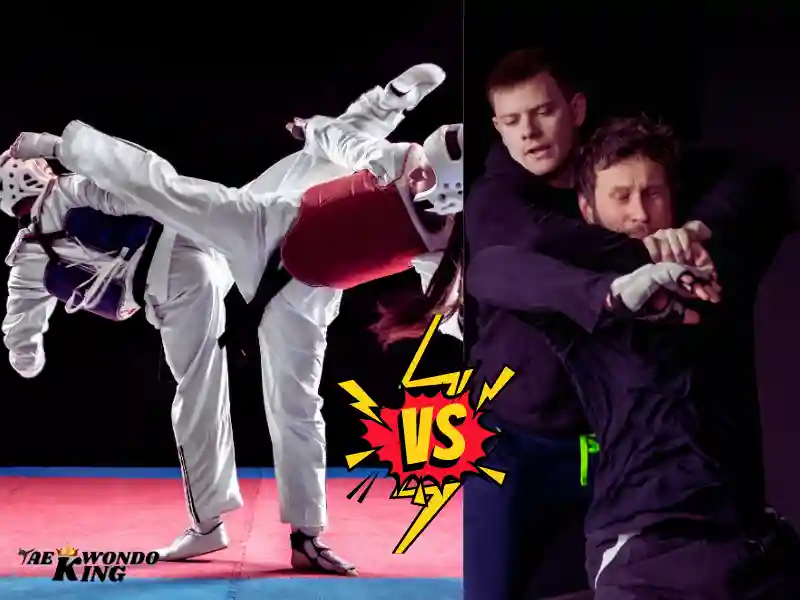

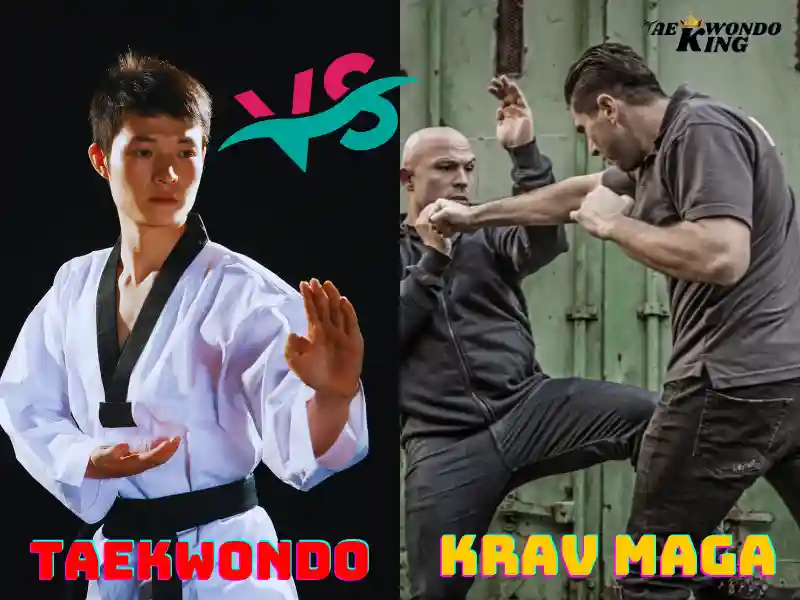
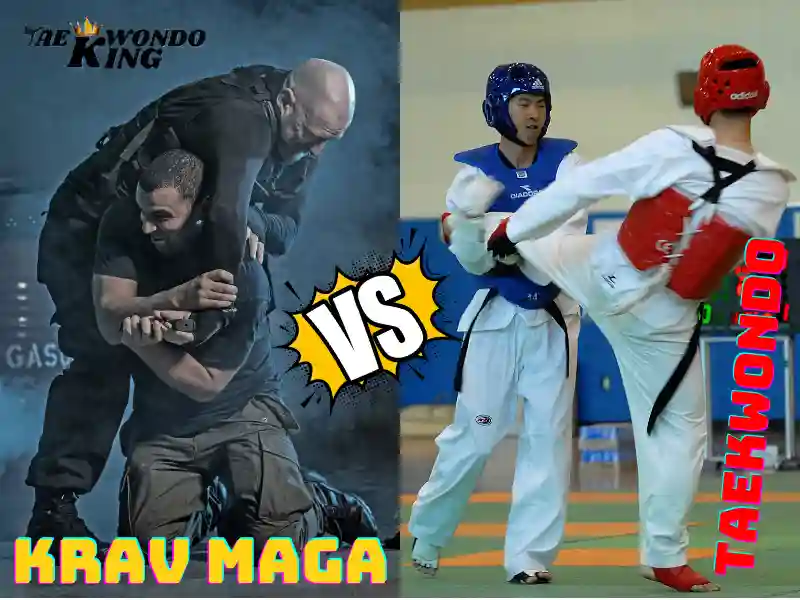
I don’t even know how I ended up here, but I thought this post was good. I don’t know who you are but certainly you are going to a famous blogger if you aren’t already 😉 Cheers!
Some really fantastic posts on this internet site, thankyou for contribution.